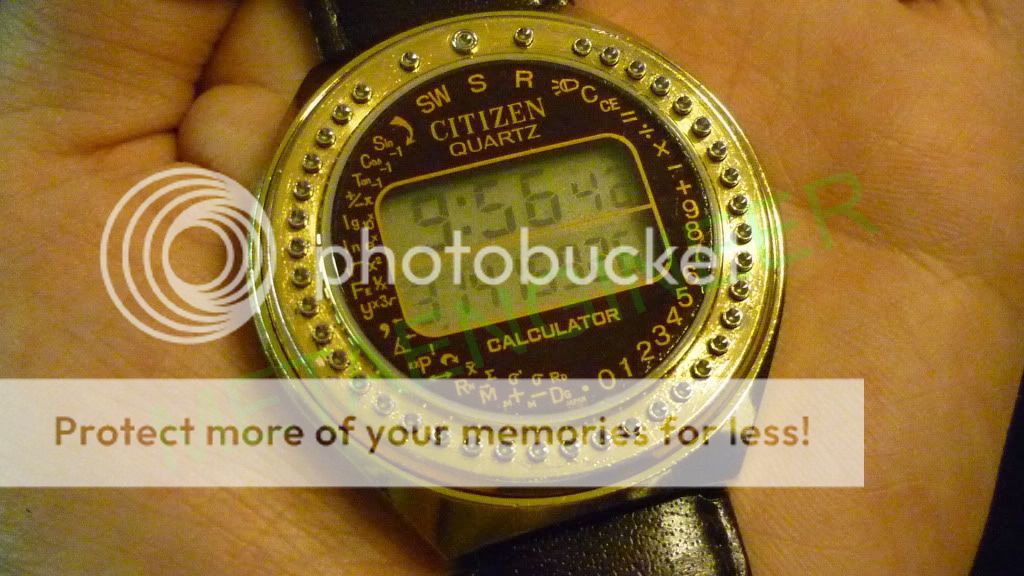Ooh, goodness me... I used to collect game-watches in the early 1990s, so my mind's still full of ideas that were impossible back then, but have now almost been surpassed*. (My favourite was the Starwing one, which is the European version of the Star Fox watch, and one of the only watches I know of that had a localised version to match its name-changed console relative.)
*I say "almost", as I'm unsure that the newer technology I would imagine going into this has been shrunk *quite* enough to match the form-factor of the old game-watches yet.
My idea? A modern-day game-watch, of course.

The idea behind the old watches was that you would play them one-handed, since the watch was meant to stay on your wrist. The Starwing/Star Fox watch was my favourite because it had a pretty sophisticated, and intuitive, control system, involving six buttons. This would be what I'd use for the basis of a modern equivalent, though I would also include a resistive touch-screen for some sort of doodling/note-taking application. Storage would be a must in order to buy new games via a web-browser on your computer and put them in the watch, as well as for retrieving notes and doodles from the device.
I guess you'd have to use an ARM CPU for it (I gather that the one in the Raspberry Pi can be powered for a while from four AAs, so perhaps a hypothetical SoC in that vein, plus a small rechargeable cell for power?), but instead of having the game part running all the time (the game display on the old watches moved one frame per second when in watch mode, so you could count seconds easily without the need to flash the colon in the time-display, which would have potentially been trickier to see due to its smaller-than-usual size), it could be turned off or put into sleep mode, and the watch would have a separate, old-fashioned LCD digital watch component with its own watch-battery (not a difficult-to-get cell like the LR1130 of the Starwing/Star Fox watch, though!), thus making it overfunctional AND useful.

.




